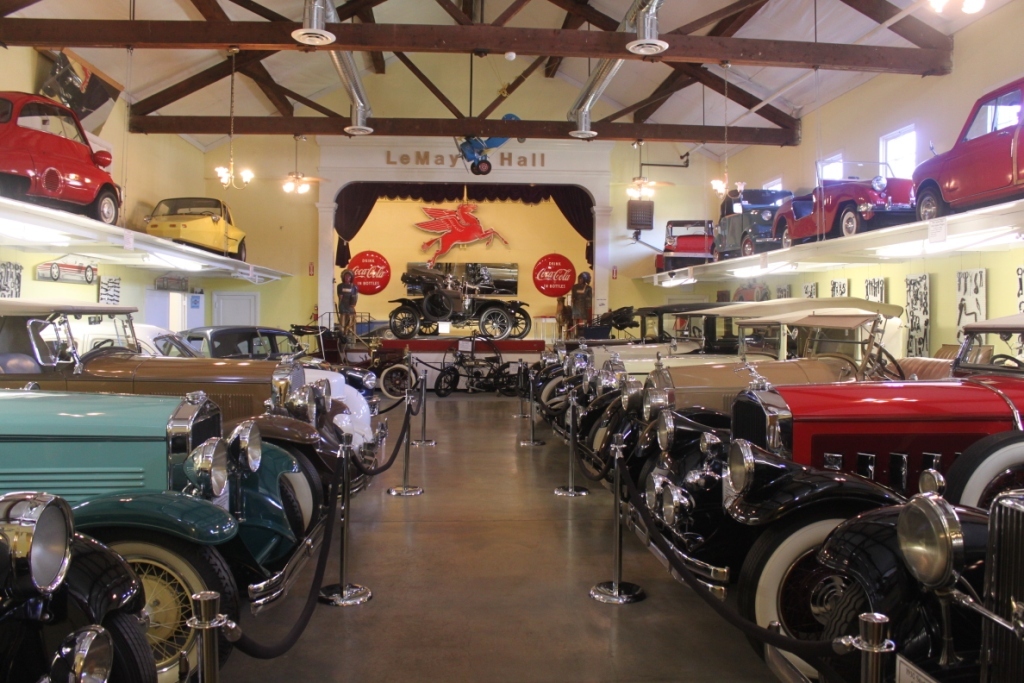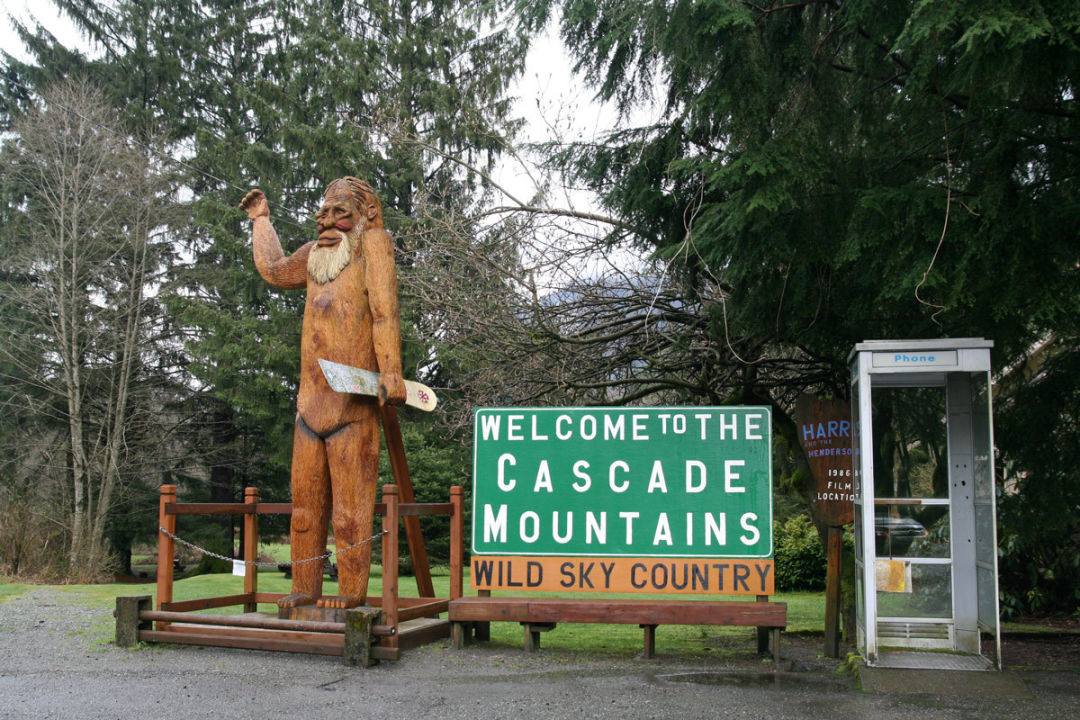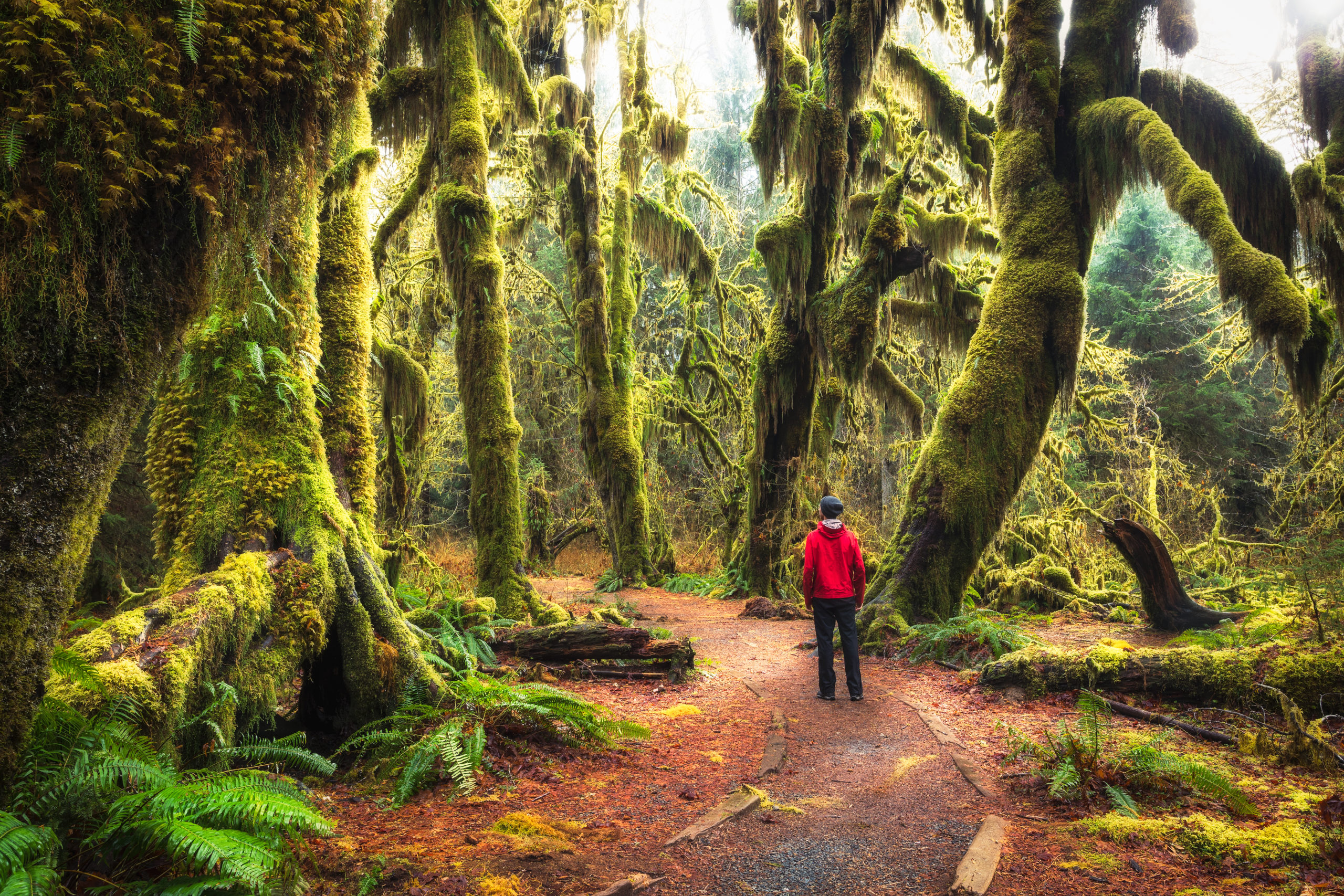10. The First Rotating Restaurant In The Country!

Once the tallest structure west of the Mississippi River, the spinning disk of the Space Needle was home to 2 restaurants 500 ft above the ground: the Space Needle Restaurant (originally named Eye of the Needle) and Emerald Suite. These 2 were closed in 2000 to make way for SkyCity, a larger restaurant that features food from the Pacific Northwest. It rotates 360 degrees in exactly 47 minutes.
9. Four Of The Five Longest Floating Bridges In The World!

With the Evergreen Point in Seattle, the Lacy V Murrow is in Seattle, the Homer Hadley is in Seattle, and…well, you guessed it – the Hood Canal Bridge is in (or just outside) of Seattle, the state’s area with the highest population is also home to all 4 of the bridges.
8. Snoqualmie Falls Plunges 100 Feet Further Than Niagara!

Snoqualmie Falls is a 268-foot waterfall and potentially best known internationally for its appearance in the tv-series Twin Peaks. With more than 1.5 million visitors that come to the Falls every year it is easily considered one of the most popular waterfalls in Washington, if not thee most popular.
7. The World’s Largest Car Collection Is In Tacoma!

Essential car collections come in all sizes but they all share the same passion of preserving cars. Harold LeMay was a strong believer in car preservation, but unlike the most of us, he accumulated a car collection of over 3,000 cars as well as thousands of memorabilia. The LeMay Collection is divided into different storage areas with the most prominent location at America’s Car Museum in Tacoma where the LeMay family donated over 600 cars with another 1,800 at Marymount, and the last 250 cars of the collection at the LeMay family residence.
6. Washington Has More Glaciers Than All Other States…Combined!

Mount Rainier has approximately 26 glaciers, it contains more than five times the glacier area of all the other Cascade volcanoes combined. Mount Baker is also a glacier-infested volcano in the North Cascade Mountains and with 10 glaciers it is second to Mount Rainier.
5. The Most Big Foot Sightings In The Country!

Washington has over 676 sightings reported and is by far your best bet to get a fuzzy photograph of our legendary friend. The Evergreen State gets about 8.9 sightings for every 100,000 people so those are pretty good odds. The Pacific Northwest is a hub of reported Bigfoot activity, especially on the Olympic Peninsula and in the Cascade Mountains!
4. Washington Produces So Many Fruits!

New York trademarked the nickname “The Big Apple” but Washington produces more apples than all other 49 states! We also produce the most pears, red raspberries, sweet cherries, and spearmint oil. You can get these fresh fruits and tasties from any grocery market but why when there’s plenty of fresh fruit stands and markets to choose from? Depending on where you are in state will determine the food market you should look for.
3. Home of America’s Bird – The Bald Eagle!

The highest concentration for both our national bird and national animal than the only state named after a president?! You can travel to the San Juan Islands to find over 125 nesting pairs of the bald eagle. Here, you’ll find the most amount of bald eagles out of anywhere else in the United States. While some are migratory, others live permanently due to the abundance of fresh food available. You can also find them in the North Cascades in abundance, as well eastern Washington and into north Idaho!
2. The Only Rain Forests In The United States!

The forests of the Olympic Peninsula are among the rainiest places in the world, and the only rain-forests in the United States. The Hoh Rain-forest is located on the Olympic Peninsula and The Hoh River valley was formed thousands of years ago by glaciers. The forest is ranked among the top wonders of the state and is highly recommended to all travelers!
1. Mt St Helens!

The only volcano in the United States that has erupted in our lifetime. On May 18, 1980, Mount St. Helen’s erupted resulting in the deaths of 57 people and billions of dollars in damage. Mt. St. Helen’s lost 1,131 feet of elevation in the eruption and threw up dust, ash and debris. The near-supersonic blast caused devastation as far as 19 miles from the volcano.. The blast leveled over four billion feet of timber — enough to build 150,000 homes.

